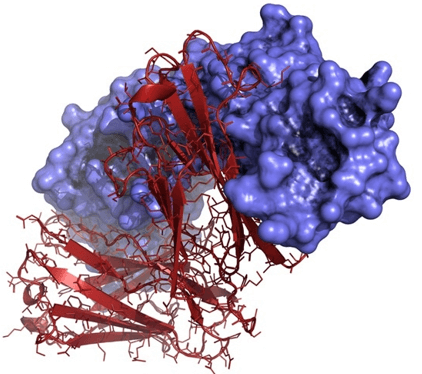Host cell proteins (HCPs) are protein impurities produced by genetically engineered strains or cell lines. Some of these proteins are necessary for the survival, reproduction and other normal physiological activities of engineered strains or cell lines. HCPs are purified together with the target product during the production process and cannot be removed.

Risks of HCPs
In general, HCP constitutes the major process-related impurity in the drug product in addition to the target protein. The main risk associated with HCP is immunogenicity and they have the potential to affect the safety and efficacy of a given drug product. HCP is a complex mixture with a variety of physicochemical and immunological properties. Almost all HCPs are foreign proteins with clinical safety risks due to their potential to trigger an immune response in the body. Certain HCPs can act as adjuvants to enhance the immune response to drugs. Some HCPs with proteolytic activity can also affect the stability and efficacy of drugs if they are not sufficiently removed or inactivated.
These risks can usually be assessed by a combination of downstream purification, HCP residual levels, maximum dose, route of administration, frequency of administration, toxicology data, and clinical data. Although it is generally believed that HCP can potentially trigger an immune response and constitute a clinical safety risk, it is difficult to prove which HCP and concentration may cause immunogenicity problems. Theoretically, preclinical pharmacological and toxicological evaluations can be performed in the presence of different amounts of HCP impurities. However, since the size and nature of the immune response depending on the homology of amino acid sequences, the amount of residual HCP, and the product dosing regimen, the results of the evaluation are almost irrelevant.
Therefore, to control the risks, the main strategy is to develop a powerful purification process, reducing HCP in drug substances or products to the lowest level possible or an undetectable level. However, the detectability of residual HCP also depends on the sensitivity of the detection method. Pharmaceutical companies often develop drug delivery methods and use a variety of technologies to evaluate all potential HCPs that may be co-produced or co-purified with drug products in the process of biological drug delivery and drug development.
HCP detection and control requirements
According to the International Conference on Harmonization (ICH) guideline Q6B, for host cell protein detection, a more sensitive method is usually required. For example, an immunoassay that can detect a variety of protein impurities. The polyclonal antibody (pAb) used in the test is produced by immunizing a production cell preparation (minus the product-encoding gene, fusion partner, or other suitable cell lines). This may include lab-scale spike experiments to demonstrate the removal of impurities derived from cell substrates, such as nucleic acids and host cell proteins. The European Medicines Agency (EMA) guidelines CPMP / BWP / 382/97 point out that for HCP, regardless of the product and production system, the residual HCP must be tested regularly. The results between batches should be consistent and meet the drug specification limits.
Regulatory agencies in different countries and emerging markets may have different regulations on HCP control, but it is generally believed that a sensitive and proven effective method is needed to monitor residual HCP in accordance with the ICH guidelines, limiting to 1 to 100 ng/mg.






